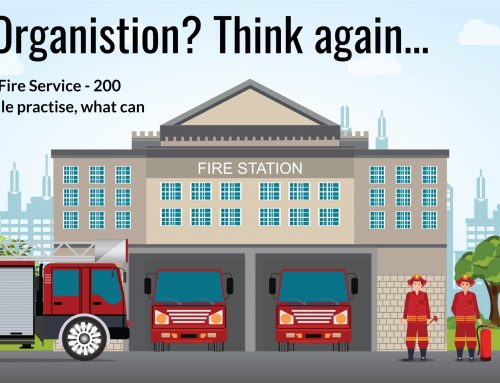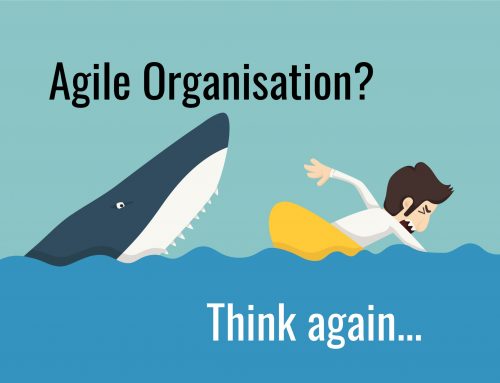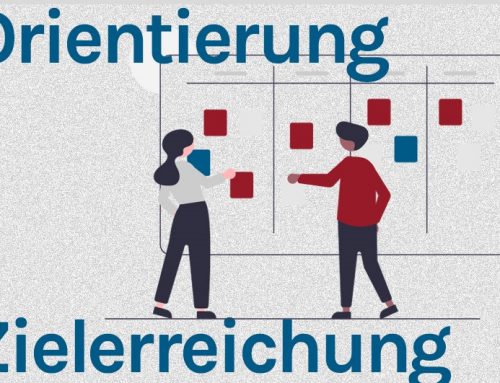2021/10/26
In many change processes today, managers are supported by individual coaching, especially at upper hierarchy levels. This is right and absolutely justified, because executives are usually exposed to immense stress and tension in these processes. At the same time, changes offer great potential for development. Hardly any other measure is as effective as individual coaching.
But what about all the others? Middle managers, team leaders, project managers, employees? They are all affected by change, sometimes they react emotionally, often they feel at the mercy of the situation or even as victims. Managers then quickly ask themselves how resistance can be “broken”. As a result, they also reach their limits with this situation, and an unfortunate spiral of powerlessness develops.
On the other hand, individual coaching is a process that requires time and a financial investment, and is therefore usually not possible and affordable for everyone. With greytogreen® there is an excellent training and (self-) coaching program for this purpose, which, due to its standardisation and its clear structure, is easily scalable and ideally suited for a broad application in companies.
When the autopilot takes over
When people face critical situations (e.g. a change), the limbic system of our brain will decide in a flash whether the situation is firstly relevant at the moment and secondly possibly threatening. If it concludes that a situation is both, relevant and potentially threatening, it will immediately activate the neural networks that have been successful (rewarded) in dealing with similar experiences in the past. These neural networks include beliefs, assumptions and thoughts about the situation, with corresponding feelings and physical reactions (increased pulse, sweating, trembling, stomach ache…).
Our conscious mind is merely informed about this decision of the unconscious after the fact. So it has no say at all in deciding which neural network is activated. It just happens with us. An involuntary process.
There is therefore no reason to devalue oneself or others for these involuntary reactions.
However, once the emotional autopilot has taken over, it affects our perception and formation of assumptions about the world. We suddenly see things as much more threatening than they might be, we build our own stories, which in turn trigger (usually negative) emotions.
We feel at the mercy of the situation, feeling at best like a passive bystander or even a victim. We are in a grey state.
Being aware of these autopilot reactions is therefore the first step towards a more conscious approach to change.
Using (negative) emotions as a wake-up call
So we are (initially) powerless against the emotions that arise. Instead of devaluing or even being ashamed of these emotions, however, we can use them as a wake-up call, as an important piece of information and message from our systems. Then we have the chance to stop and coach ourselves to experience situations differently.
With the greytogreen® program people learn this in a structured way by asking the following questions:
- What alternative and equally-valid points of view can I imagine and adopt about this situation?
- What action can I consciously decide to take as a result? What exactly can I influence?
- And how can I do what I do, above all, with joy?
Our experience with this: People learn to accept their own (negative) emotions, but also those of others, to affirm them, and to understand them as important information and as a wake-up call. They then learn to distinguish what assumptions or facts of a situation are, with the advantage that their own assumptions can be changed at any time, in a direction that releases new options for action and energy (green state). People thus become active shapers of change and not its victims.
This alone is desirable for each and every one of us. But for a team and an entire organization this opens up very new opportunities.
More about greytogreen®:





